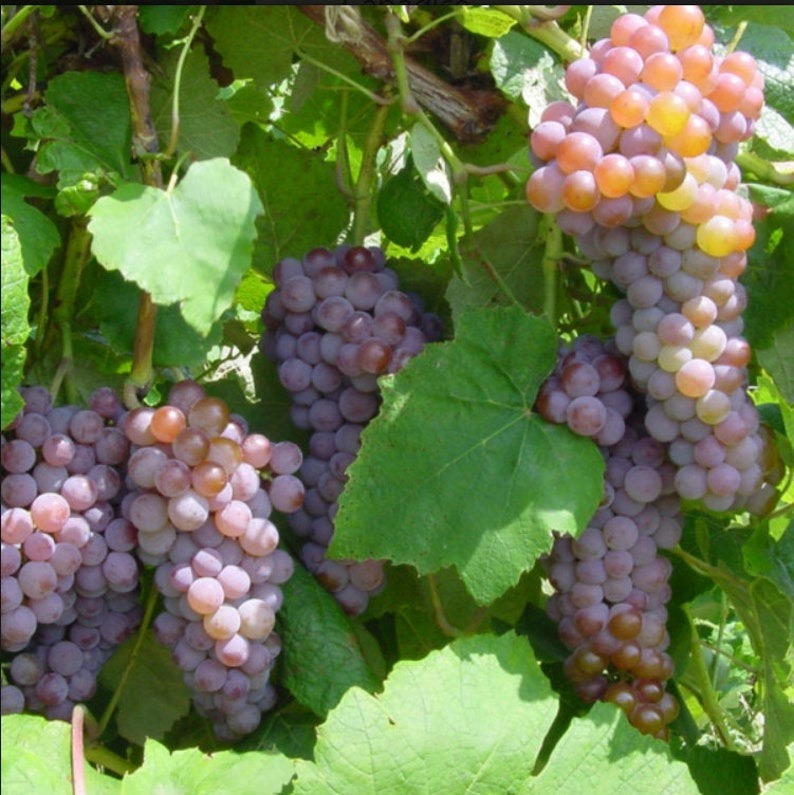Rendered at 21:09:39 06/24/25
1 Bare Root Live Plant CANADICE Seedless Grape Vine
$49.99
Ships from
Indonesia

Shipping options
Estimated to arrive by Tue, Jul 8th.
Details
$4.99 via USPS Ground Advantage (1 to 10 business days) to United States
Ships from
Indonesia

Return policy
Purchase protection
Payment options
PayPal accepted
PayPal Credit accepted
Venmo accepted
PayPal, MasterCard, Visa, Discover, and American Express accepted
Maestro accepted
Amazon Pay accepted
Nuvei accepted
Shipping options
Estimated to arrive by Tue, Jul 8th.
Details
$4.99 via USPS Ground Advantage (1 to 10 business days) to United States
Ships from
Indonesia

Return policy
Purchase protection
Payment options
PayPal accepted
PayPal Credit accepted
Venmo accepted
PayPal, MasterCard, Visa, Discover, and American Express accepted
Maestro accepted
Amazon Pay accepted
Nuvei accepted
Item traits
| Category: | |
|---|---|
| Quantity Available: |
2 in stock |
| Condition: |
New |
| UPC: |
766070288242 |
| Country/Region of Manufacture: |
United States |
| Brand: |
Unbranded |
Listing details
| Shipping discount: |
No combined shipping offered |
|---|---|
| Posted for sale: |
More than a week ago |
| Item number: |
1741561486 |
Item description
1 bare root plant with a root system.
CANADICE grapes are a variety of grape developed by Cornell University in Geneva, New York. They are a cross between a red grape variety, the Canaiolo Nero, and a white grape variety, the Muscat Hamburg. Canandice grapes are known for their sweet, juicy flavor, and are often used in making wines, jams, and jellies. They are also a popular snacking grape and can be found in many grocery stores.
When planting Canadice grapes, they should be planted in well-drained soil that has a pH of 6.5 to 7.5. The soil should also have plenty of organic matter. After planting, the plants should be fertilized with a balanced fertilizer that is applied in the spring and again in the fall.
The plants should be spaced 8-12 feet apart and should be trained to grow on a trellis or other support system. When planting, the roots should be placed in a hole that is twice as wide and just as deep as the root ball. The soil should be firmly packed around the roots, and the plants should be watered deeply.
Get an item reminder
We'll email you a link to your item now and follow up with a single reminder (if you'd like one). That's it! No spam, no hassle.
Already have an account?
Log in and add this item to your wish list.




